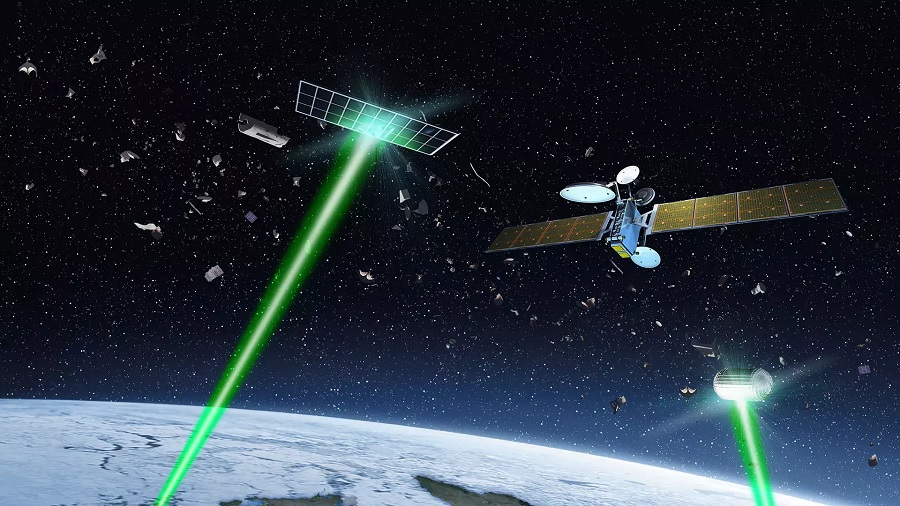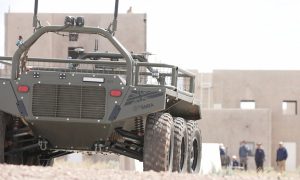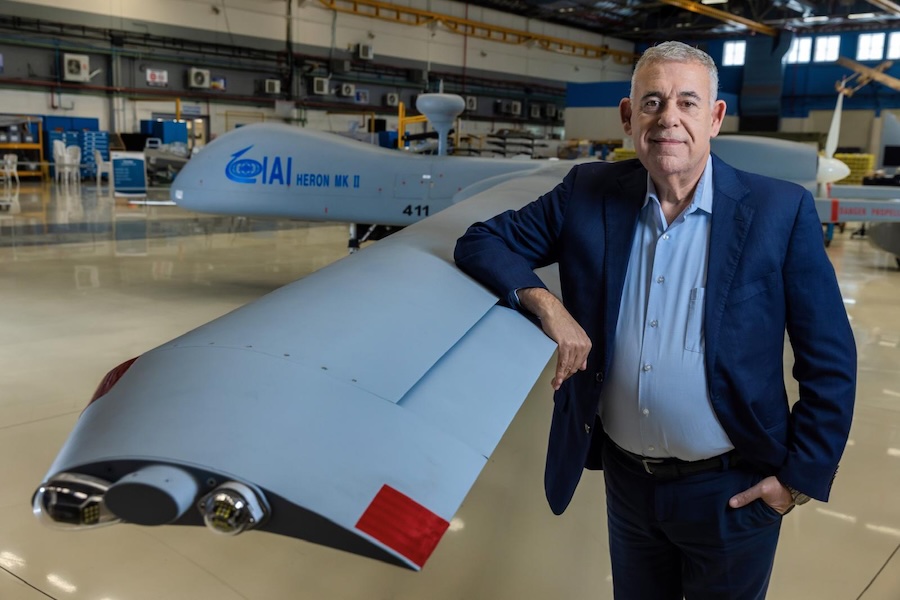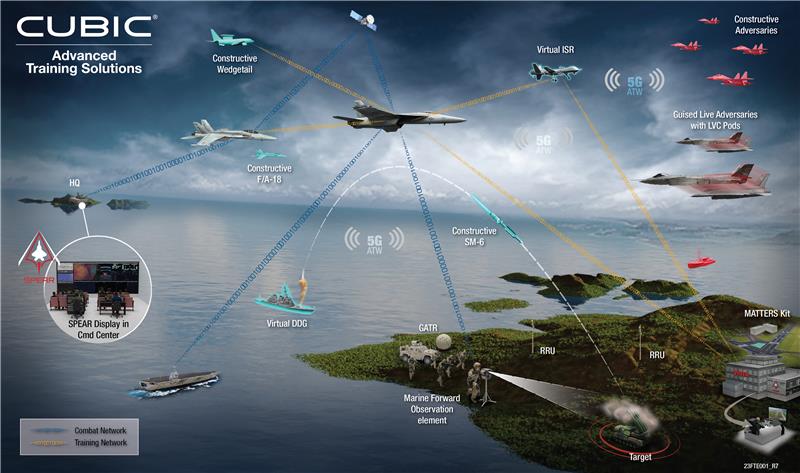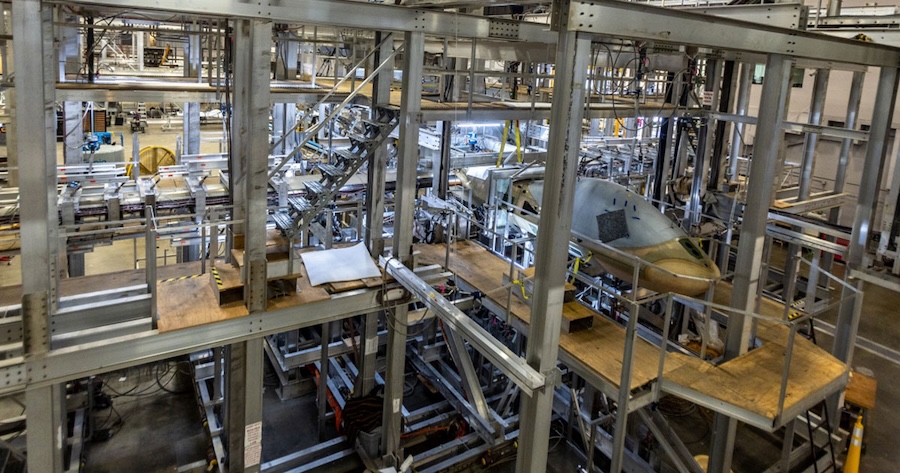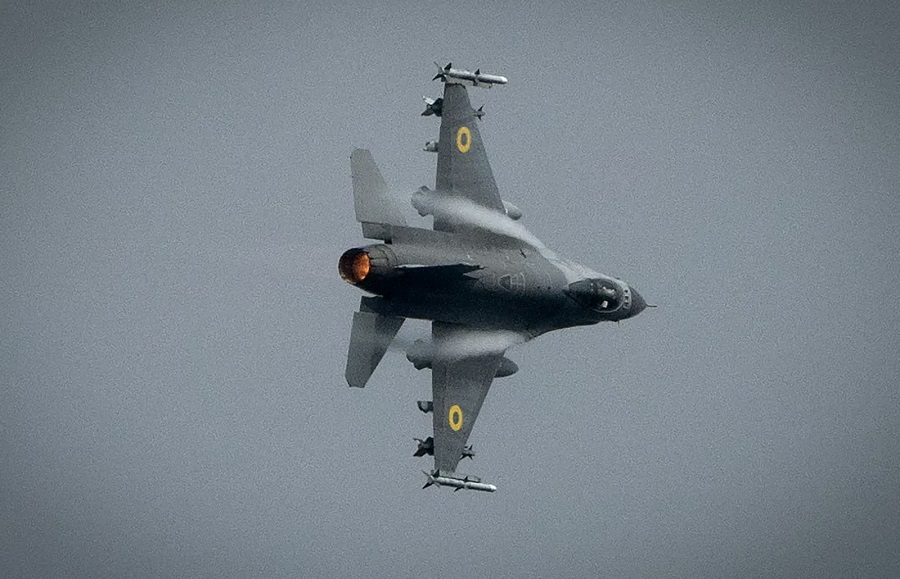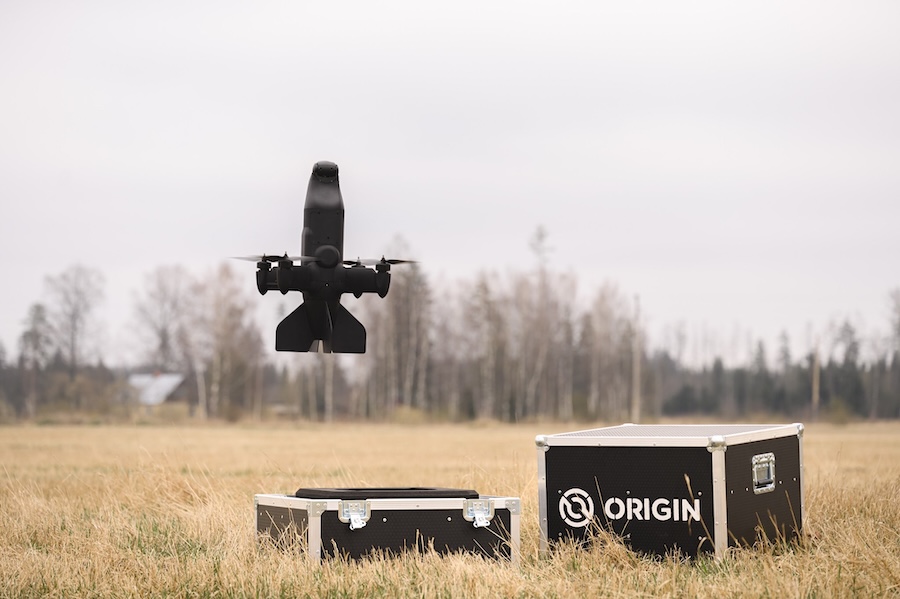“A demo of the system is likely in the next 18 months,” Schwer told Aviation Week, confirming the company’s timeline for the first public demonstration. He added that EOS has validated the technology in orbit, with trials proving the laser can tightly focus power on a spacecraft.
The U.S. and European allies increasingly regard space as a likely domain for future combat, rather than solely as an enabler of air, land or naval operations. EOS has been marketing related laser technology for space situational awareness, with tests showing the system’s power density is sufficient, Schwer noted.
The counter-space laser system builds on the company’s 150 kW-class technology already in use against drones. “The beam-forming used in the space applications is different, though, than for the drone-application, in part because of the large distances involved to reach the target,” Schwer explained.
EOS is considering both stationary and mobile configurations of the system to maximise operational flexibility. By burning through a satellite’s structure, or applying photonic drag to slow it in orbit, the laser could bring a disabled spacecraft into reentry within about a month.
Source: Aviation Week.



